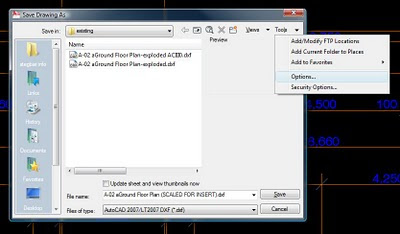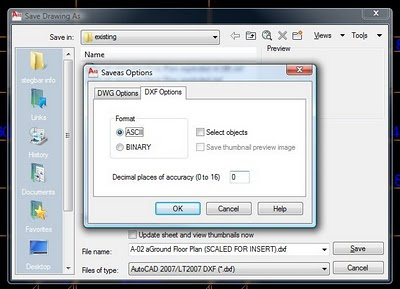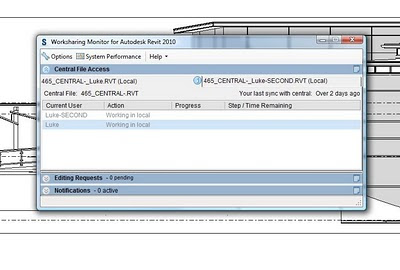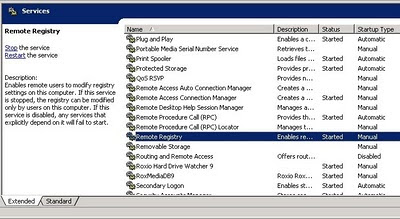Here is a brief how-to on creating a large, high resolution rendered Revit walkthrough (or sun study) and then subsequently compressing and uploading it to Youtube.
- Setup your walkthrough view.
- In Revit, Export – Walkthrough and divide the total frame count of the animation into parts that have a manageable number of frames (I recommend 100).
- Do this for each part of the Walkthrough (ie. create files with frames 1-100.avi, then 101-200.avi, 201-300.avi etc). Use ‘Full Frames (uncompressed)’ when creating these parts.
- Use VirtualDub to join the parts together. In VirtualDub, open the first part. Press Ctrl-Right arrow (this takes you to the end of the file), then go File – Append AVI Segment… and choose the next part. Do this however many times is need to append all parts to the original file.
- In VirtualDub, go to Video – Compression and I recommend using the ‘Cinepak Codec by Radius’ if you have it. Quality = 100.
- In VirtualDub, go to Audio and choose ‘No Audio’
- Choose Video – Full Processing Mode
- Now go File – Save as AVI and create your combined and partly compressed AVI file.
- Open Windows Movie Maker. Import the combined file into the collections.
- Drag the file into the storyboard at the bottom.
- Go to File – Publish Movie. Choose ‘This computer’ and click Next. Choose a filename and location and click Next.
- I recommend choosing ‘Best quality for playback on my computer’. This should reduce the file to a manageable size.
- Now, open your browser and login to your Youtube account. Choose ‘Upload’.
- Select the compressed video you have created, and upload it. This may take a while, so just wait patiently (or do some other work!)
- Once uploaded, you can now share the link code with Clients or others who may like to view the animation.
Below is an example of a 1000 frame rendered animation we recently produced at Dimond Architects. It started out at about 1.2 gb, then VirtualDub compressed it to around 225 mb, then Movie Maker compressed it to about 20 mb.It took about a week for one workstation to produce this:
Feel free to share links to any files you upload to Youtube by commenting on this blog post.





 Please note that you will need a decent PC to take advantage of this ability. It will be particularly useful if you have 4 or even 8 processing cores available.
Please note that you will need a decent PC to take advantage of this ability. It will be particularly useful if you have 4 or even 8 processing cores available.